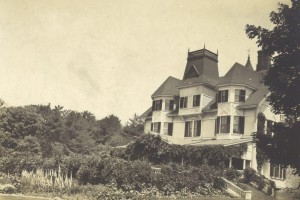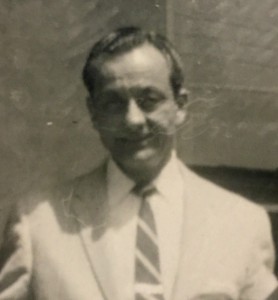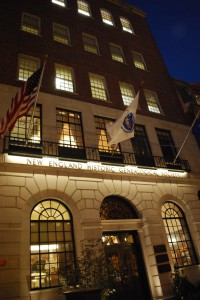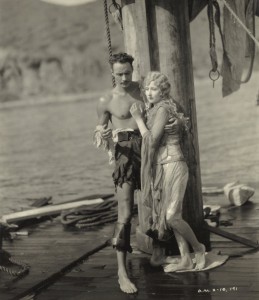
My cousin Neil recently shared some family albums with me: the oldest one belonged to his grandfather, Frederick Ayer (Jr.) (1888–1969), who kept it in 1905 and 1906. Over time, the images and the captions have faded, and the book’s middle section is held together with ancient cellophane tape, but Uncle Fred obviously cared about the record he was keeping. One of the most puzzling, and therefore interesting, images fills almost an entire leaf of the album; the identifying captions are squeezed out to the page edge: D. Sohier, D. Beal, F. Ayer Jr., etc. Continue reading “Mr. Loring’s play”







